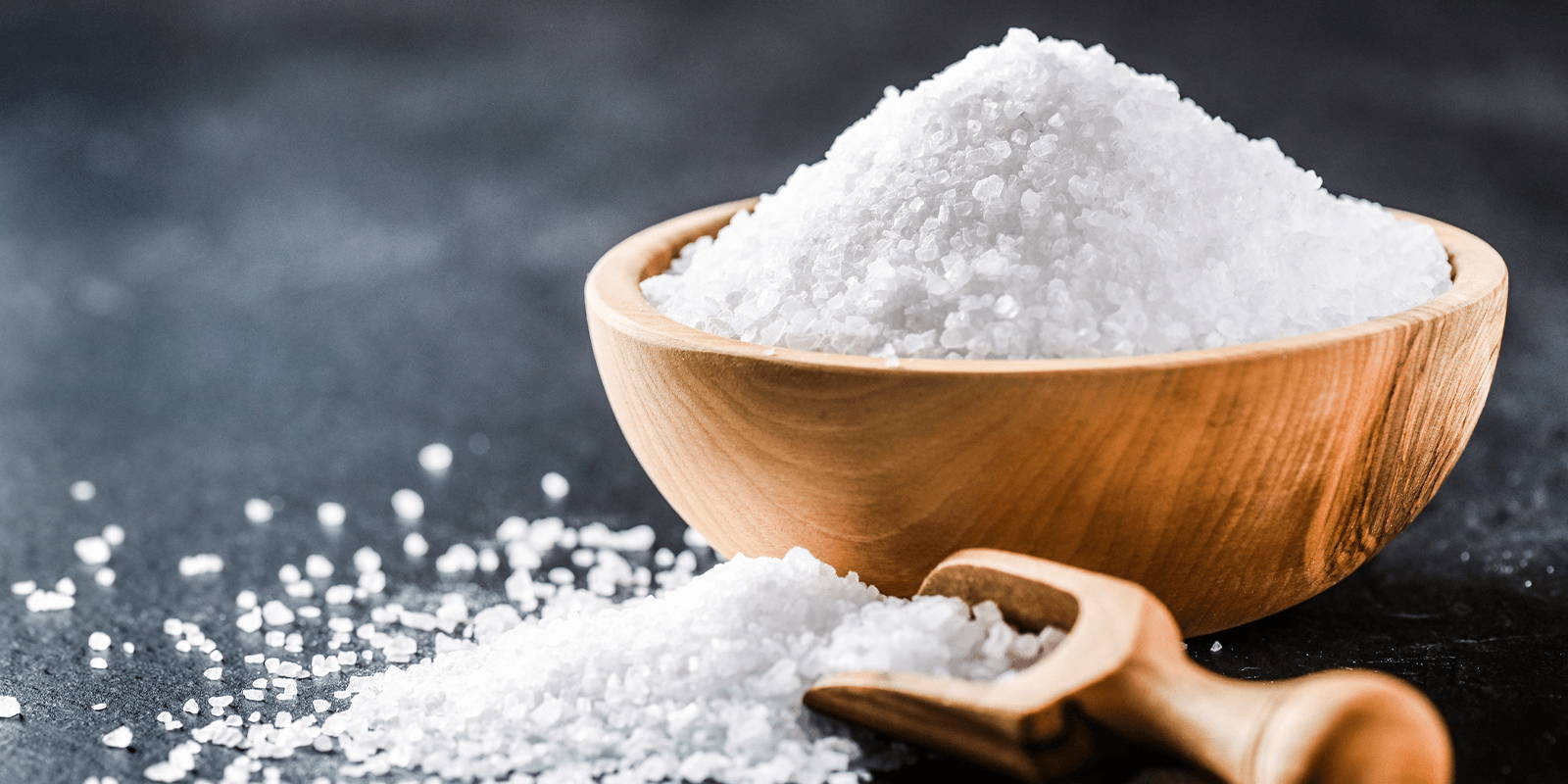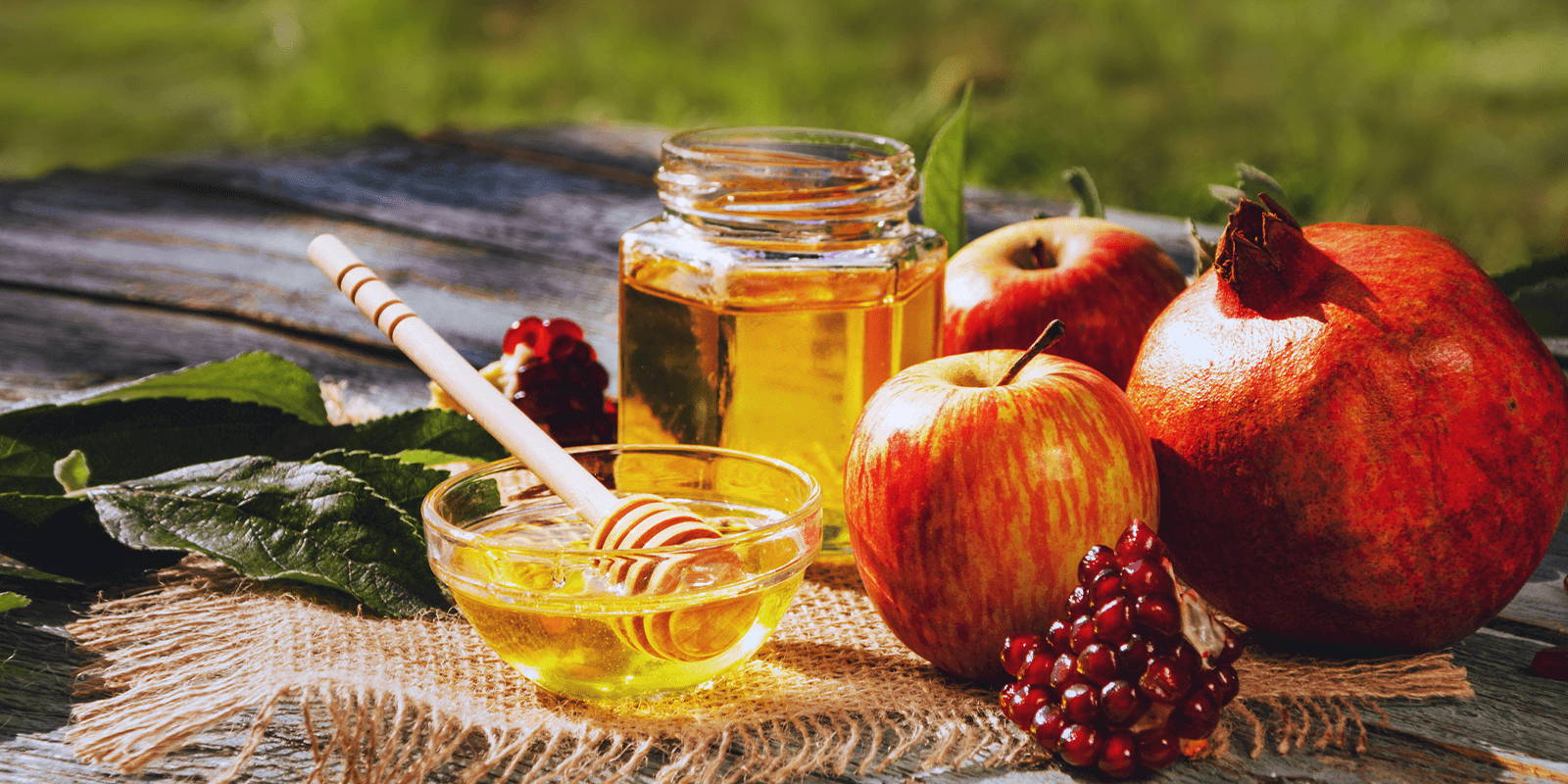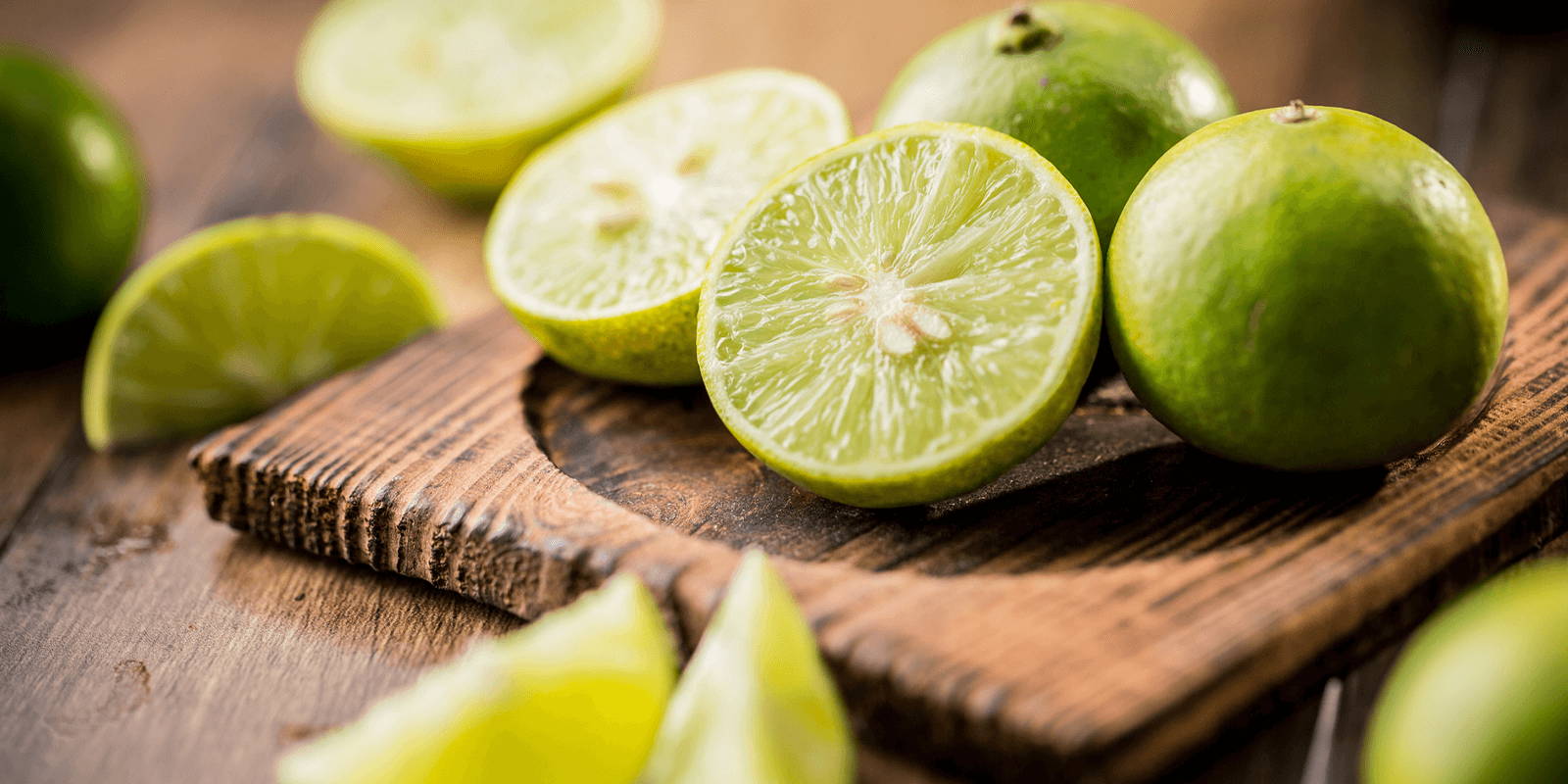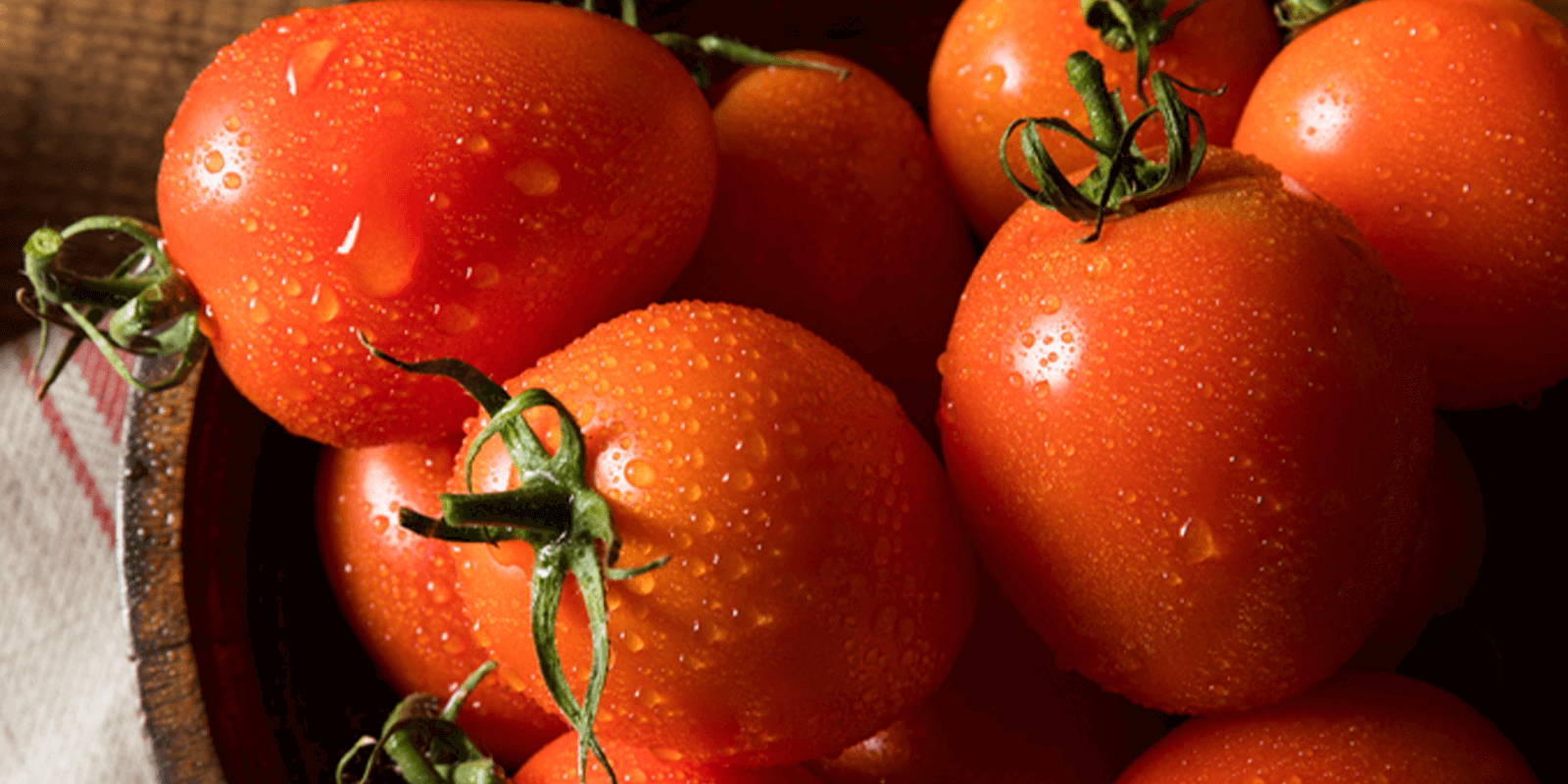How Taste Works
At ZENB, we know that food is undeniably personal. It’s at the heart of some of our most cherished memories, and we’re willing to bet it’s at some of yours, too. There’s melty, sweet ice pops at family gatherings; simply delicious pasta made in our first real kitchen; a plate stacked high with different savory dishes at our first Friendsgiving; the list goes on.
But why is food the focal point of so many of our memories? It’s all because of our five senses — and most of all, our sense of taste. Did you know that the part of your brain that processes scent and taste is extremely close to the part of your brain that stores long-term memories? That’s why it’s so easy to recall exactly where you were when you first tried risotto, or can instantly conjure up the coziness of your grandma’s house when you have a warm bowl of chicken soup. And that’s also why we’ve all had the experience of trying — and maybe failing — at recreating a cherished dish that just never tastes how you remember it. Maybe it’s because you’ve grown from the person you were when you first tasted the recipe (bummer), but more likely it’s because you haven’t learned to satisfy your evolving, personal sense of taste.
We try to master our fave dishes by thinking of how universal flavors can recreate personal tastes. We think of taste as a very delicate balance of ingredients and flavors, not one that’s locked to an individual ingredient or flavor. It’s why someone might dislike a tomato in a BLT, but when they’re cooked down into a rich, savory sauce, it’s hard for that same person to say no. Think of taste as a symphony, and flavors as the instruments and musicians within it. When you cook, you’re the conductor: raising and lowering the intensity of each flavor to suit the recipe, but also to your own unique tastes. Read on to get a glimpse at the five basic flavors that make up your favorite recipes, and how understanding them can elevate your cooking and create truly unforgettable meals.

SALTY
If there’s one flavor that’s most important in cooking, it’s salt. Salt amplifies and enhances flavor and, when used correctly, helps things taste more like themselves. It’s why we add a little bit of salt on the tops of chocolate chip cookies or a little more into our pot of water for pasta; not so they taste salty, but so their deliciousness is amplified. There are many types and textures of traditional sea salt to use, but you can also find saltiness in parmesan and feta cheese, capers, miso, anchovies, and more.
- Pro Tip: Salt on its own is a powerful method of preserving veggies — which are also great to cook with! — but ups the ante when combined with vinegar to create a brine.
- Try It In: ZENB Rotini With Baked Feta & Cherry Tomatoes, our take on the viral recipe, bakes salty feta until it’s the perfect fall-apart creamy sauce to amplify all the other ingredients.

SWEET
Our sense of sweetness is most commonly tied to plain ol’ white sugar, but don’t feel limited to experiencing sweetness in just ice cream and cakes! Sweetness mellows flavor to add depth in savory dishes like Japanese omelettes, green bean casserole, and barbeque sauce. White sugar, brown sugar, maple syrup, and honey are all classic sources of sweetness, but there’s complex sweetness to be found in carrots, beets, red bell peppers, onions, and most fruits.
- Pro Tip: Add too much of one flavor? Add a little bit of sweetness to tone it all down without diluting the overall recipe.
- Try It In: The perfect way to explore the natural sweetness in veggies is to make Easy ZENB Gazpacho, which is packed full with sweet onion, cucumbers, red bell pepper (the sweetest pepper), and plum tomatoes.

Sour
Whether pleasantly acidic or mouth-puckeringly tart, sour flavors add a brightness and je ne sais quois to a dish. (You may have heard the old adage: “If it tastes like something’s missing, add acid!”) Acid, the source of sourness, has the added benefit of tenderizing your ingredients to help food absorb flavor from the inside out. You’ll find it in fresh citrus, vinegar, tomatoes, pineapple, wine, and more.
- Pro Tip: While lime and lemon tarts are delicious, buttermilk is a great source of acid for sweet foods that don’t call for that signature citrus tang.
- Try it In: Dill has an astringent quality that is amplified by the acid in yogurt and lemon in our ZENB Elbows with Smoked Salmon, Dill, & Herbed Yogurt recipe — perfect for brunch, dinner, or any meal in-between.

Bitter
Usually meant to signal something we shouldn’t eat, bitterness can add depth and complexity to dishes, so don’t shy away! As protection, our bodies are more sensitive to bitterness when we’re younger, but our capacity to appreciate it gets greater as we get older; that’s why we tend to switch from Frappuccinos to espresso drinks as we age. Ingredients like coffee, cocoa, citrus peel, dark leafy greens, and even a good char from the grill can add the right amount of bitterness to your dish.
- Pro Tip: Take the edge off bitter foods by cooking them or, for veggies like kale and Swiss chard, tossing them in a little acid to help tenderize sans heat.
- Try It In: Don’t be afraid to really roast the cauliflower in this Cauliflower Steaks with ZENB Marinara-Braised Chickpeas recipe. Getting some dark brown, frizzled edges on your cauli will add balancing bitterness to the sweetness and acidity of the tomato.

Umami
From a Japanese word roughly translating to “pleasant savory taste,” “the fifth flavor” went unrecorded for a while, but our sense of it was certainly there. Linked to natural amino acids called glutamates, umami describes our sense of anything meaty or savory, but it isn’t limited to meat. Mushrooms, tofu, soy sauce, tomatoes, and seaweed are all great, plant-fueled ways to explore umami flavors — no meat required.
- Pro Tip: Sweet and savory are BFFs. From apples and peanut butter to syrup-smothered chicken and waffles, you might surprise yourself at how delicious some unexpected combos are.
-
Try It In: Our Tangy Bloody Mary Mix has Worcestershire sauce and tomatoes to temper all the acid (and alcohol, if you so choose) for a pleasantly tangy, satisfying brunch bev.
That was just a quick primer on the building blocks of taste. There’s plenty of literature out there to help you learn more, but we think the best way to learn about taste, flavor, and cooking is to get out there and do it! Our library of 100+ recipes is a great place to start experimenting with different combinations of flavors and ingredients. And, when you do, don’t forget to share it with us on Instagram and Facebook.




